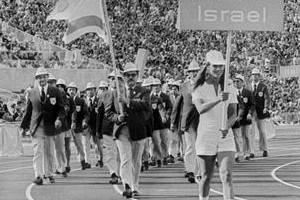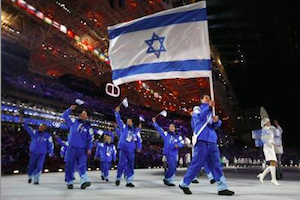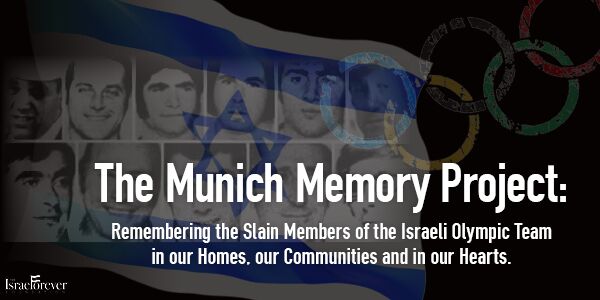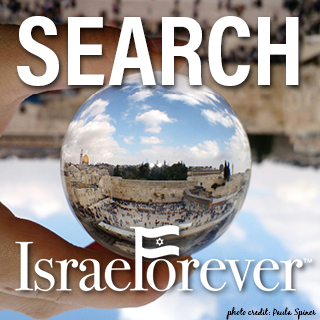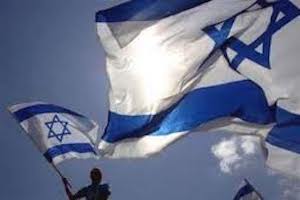Munich 11 Sermonette
By Rabbi Brooks R. Susman
Tonight is the 75th Anniversary of the beginning of the end. It is Krystallnacht, the Night of Broken Glass. The date chosen by Hitler was not happenstance. On Nov 8, 1918, Germany officially surrendered…to Germans an infamous stab in the back. On Nov 8, 1923, the Munich Beer Hall Putsch, Hitler’s attempt to overthrow the Weimar government. 16 National Socialists were killed, Hitler was sent to prison for eight months giving him time to write Mein Kampf, My Struggle, in which he outlined his plan for the extermination of the Jewish people. He took office as chancellor in 1933 and waited…until Nov 8, 1938. He let loose his dogs of war to see if the world would do anything. The Jews of Germany were attacked, and the Final Solution began.

Standing in Munich in the Königsplatz Plaza where Hitler’s minions mourned the loss of the martyrs in the Putsch was a destructive emotional experience for me and my colleagues. From this Plaza the SS and SA descended upon the Jews of Munich, the destruction spreading throughout Germany, until Synagogues were sacked and burned, shops destroyed, homes vandalized…and the German Jewish community began its descent into the Shoah! Jews were told in no uncertain terms to get out. Germany would become Judenrein/free of Jews.
Although the Dachau Camp, several miles from Munich, had been in existence since 1933, it now became the forced labor camp for the Jews. The day following Krystallnacht, another camp opened outside Berlin.
Walking through the gates of Dachau, with its script Abeit macht Frei, chilled the soul. Witnessing the especially black soil, so colored with the ashes of our people, continued the anger and despair that had begun within me long before boarding the airplane to Germany.
As an American Jew, we witness Holocaust Memorials, Holocaust Centers, Holocaust Museums, Holocaust plazas. We define Germany through those 12 years of Nazi domination. And going to Wannsee, the exact building in suburban Berlin where Reinhard Heydrich formulated the plan to exterminate the Jews, the Final Solution, was the most compelling moment of my life. To stand in the dining room where the death of our people was determined was a shattering experience. To internalize that in that room, over coffee, the fate of the world’s Jews was sealed, only further ingrained in me a definition of Germans as the killers of my people.
But as we travelled in Munich and Frankfort and Berlin, meeting the German Jews and non-Jews who live there, I learned not to look at Germany through the eyes of an American Jew. There are those Jews in Germany today, rabbis and laity, who refuse to define Germany though those years of darkness. As a community rabbi shared with us, “I am not a third generation victim; rather I am a first generation builder.” Rabbi Tuvia Ben Chorin declared last Shabbat to us and his congregation, “Do not define German Jewry or Germany through 12 years of Nazism, but through the 1600 years of Jewish residence in the country.” Germany’s growing Jewish population looks at tomorrow rather than yesterday. Today, 19,000 Israelis live in Berlin. There is a large East European community. 120,000 Jews now live in what had once been the core of anti-Semitism. To the Germans, Nov 8 no longer is seen through the eyes of 1918, or 1923, or 1938, but in light of Nov 8, 1989, when Germany was reunified, when the Berlin Wall fell, when the Germans began to feel freed from its past.
This is not just the country of Himmler and Goebbels, but of Rashi, of the Rothschilds, of theatre, art and music. It is the home of the Abraham Geiger rabbinical college, in Potsdam, where liberal rabbis are trained for service in Europe. It is the country that has created 22,000 stumble stones, slightly raised brass plaques on the sidewalk in front of the homes of the Jews who had disappeared, the date, and the camp.
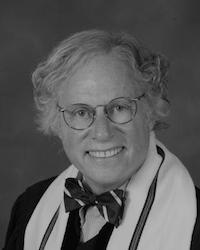
Because the plaque is easily stumbled over, it receives its name. And in stumbling over the marker, it is to be noticed, read, and serves as a reminder!
I still find it difficult to see Germany. Yad VaShem and the Holocaust Museum keep getting in the way. But I have learned that yesterday will not change. It happened. Six Million of our people went literally up in smoke.
But if Jews can return to make a life there, and if the German people can go to the Museums of Jewish history to learn that the Jews are not just victims; the inmates of extermination, concentration, and labor camps. If the German people can understand what their heritage is vis a vis our people. And if the German people can see the names of those killed engraved on the stumble stones on the sidewalks as a reminder, then as an American Jew, I will try to see Germany through their eyes. It is tomorrow that will determine the future for the Jews of Germany as well as the entire world.
Rabbi Brooks R. Susman is the founding rabbi of Congregation Kol Am of Freehold, New Jersey. Rabbi Susman has created much liturgy used by his congregation in various settings, and has published T’filat Kol Am, the prayerbook now used by Kol Am. He is also one of the committee of authors of Gates of Mitzvah and Gates of the Seasons.

